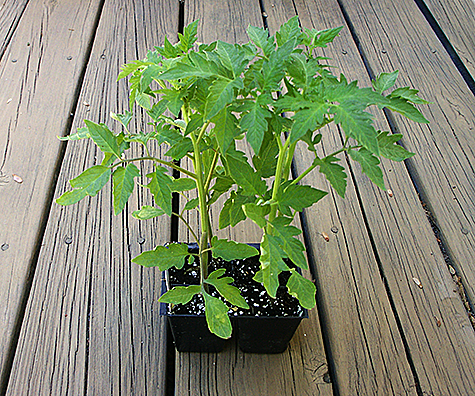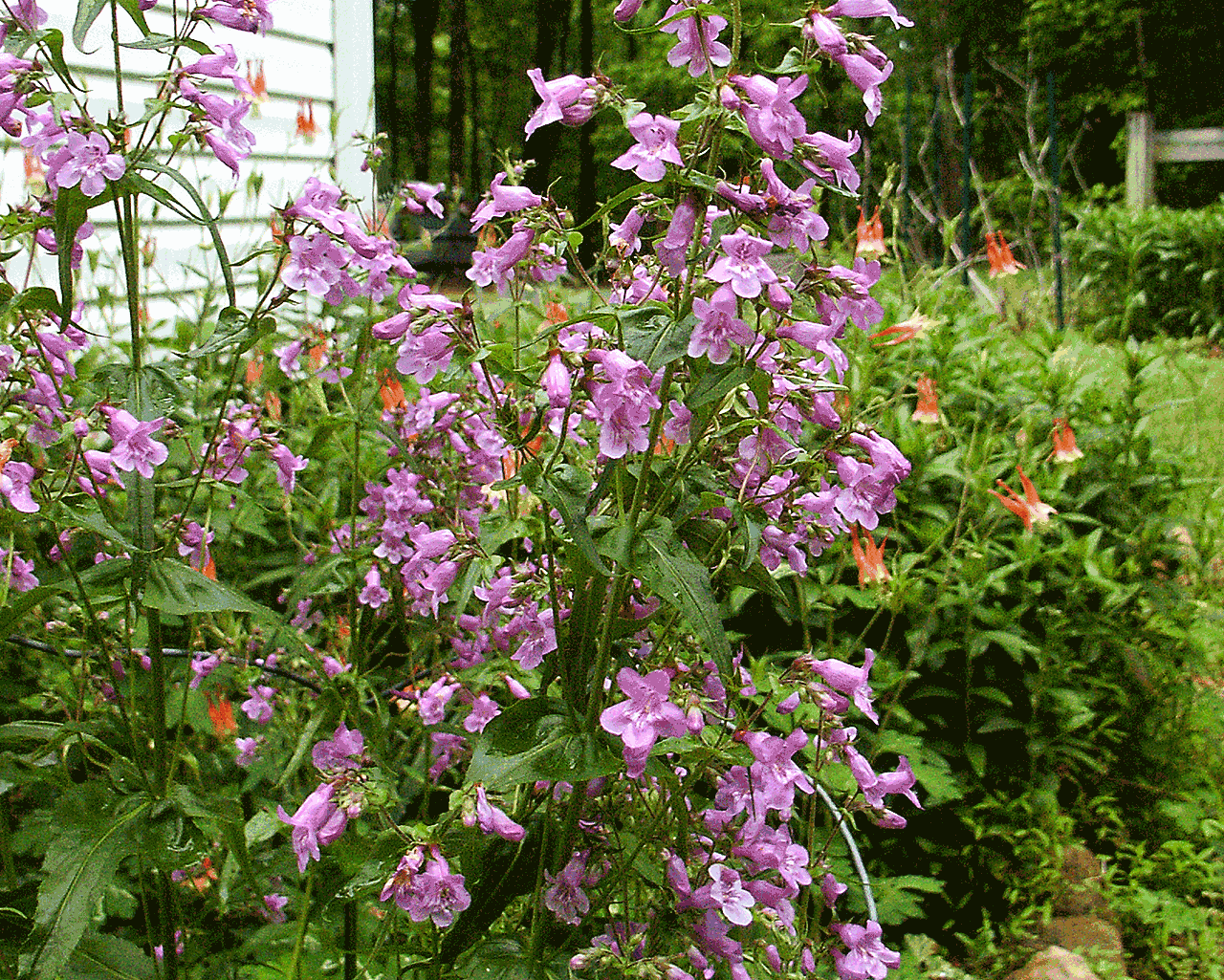How to Plant Tomatoes
Tomatoes are a popular addition to most home gardens and for good reasons; one is they are easy to grow, and two no shop brought tomato can compare to a vine ripen one. Commercial tomatoes are picked green so they can tolerate being packed into large containers without being crushed. Once they have reached the packing house, they are loaded into a container and ethylene is pumped into the container to allow the fruit to turn red; ethylene is the gas produced by fruits that allow them to ripen. The problem with this is they are still technically green, unripened tomatoes, without the flavour and textured of a ripe tomato pulled fresh from the vine.

I usually buy my tomato plants in four or six packs selecting healthy plants with good growth and with good colour to their leaves. Last year I was tempted by the lower costs of buying bulk plants at Lowe's gardening centre. After separating the plants I found that many were of poor quality. Furthermore, with the extra work of potting the plants and caring for them to reach the point where they could be transplanted to the garden, the savings quickly evaporated. You can also grow tomatoes from seeds, starting them indoors or in a greenhouse. However, with the small number of plants I plant, I have found it very reasonable to just buy the plants from a nursery. Each four pack was $1.25 at a small locally owned plant and produce shop. The shop owner and I shared a similar life growing up in a large family with the children helping to grow food.
Tomatoes can be grown in the ground or in a container; the procedure for both is the same. The upside-down tomato planter is nothing but a gimmick. When these upside-down planters first appeared, they were selling for $29.95; I saw one at a local shop now selling for $5.00. Instead of the gimmick planter, you can buy a cheap plastic pot that will be suitable for growing a few tomatoes on your patio.
Tomatoes are heavy feeders, and it is important to supply plenty of nutrients throughout the growing season. Tomatoes also need plenty of sunlight so select an area that will receive six to eight hours of sun a day. Start by loosening the soil to a depth of at least 30 cm (1 ft). This will allow the roots to quickly develop and good root growth equals to good plant growth which will equal to plenty of fruit. Once the soil is loosened, place a small handful of 10-10-10 fertiliser and a generous scoop of powered limestone; do not use pellet limestone, where you are going to plant the tomato and thoroughly mix both into the soil. It is important to mix the fertiliser well so you do not burn the roots. Tomatoes need calcium and powered limestone is mainly calcium carbonate: CaCO3. A lack of calcium will cause blossom end rot and you can lose most of your tomatoes if the soil is lacking in calcium.
The next step is to carefully remove the tomato plant from the tray. To make removal easier, carefully squeeze the sides so the plant will slip out. Tomatoes can produce roots along the stem of the plant, so we will plant the tomato deeper than it is in the tray. Planting the tomato deeper will allow it to develop even more roots for vigorous growth. If the plant is root bound, carefully separate the roots being careful to not break any roots more than necessary. Pinch off the bottom few leaves to allow easy placement of a paper collar around the plant. The paper collar is to prevent cutworms from getting to the plant. Even if you don't think you have cut worms, placing the collar is a good idea; better safe than to go out and find your tomato plants on the ground after the cutworms fed on them. I use old newsprint to make the paper collar. I tear off a small strip and wrap it around the plant. Using a digging trowel, scoop out enough soil to allow planting the tomato to a depth that will allow the top of the paper collar to be above ground level. Place the tomato in the hole and carefully push the soil around the plant. The final step is to give the plant a good watering to help prevent it from going into transplant shock.

I space my tomato plants 61-90 cm (2-3 ft) apart. The spacing of plants is determined by the size of the mature plants, and the amount of room needed for the roots so they do not compete for nutrients. If you are not going to use a support system for your tomatoes, and I have grown them with and without support systems, then you will need to space the plants further apart. I use a support system so the plants can be closer together. Also, I will add additional fertiliser around the plants throughout the growing season.
There are many cultivars of tomatoes and it may be difficult to know which one to grow. If you are not familiar with the cultivars, then grow a few of each and next year you can grow the one you liked the best. I ended up planting sixteen Better Boys, eight Romas and four yellow Pear.
1 comment
This post has 17 feedbacks awaiting moderation...


